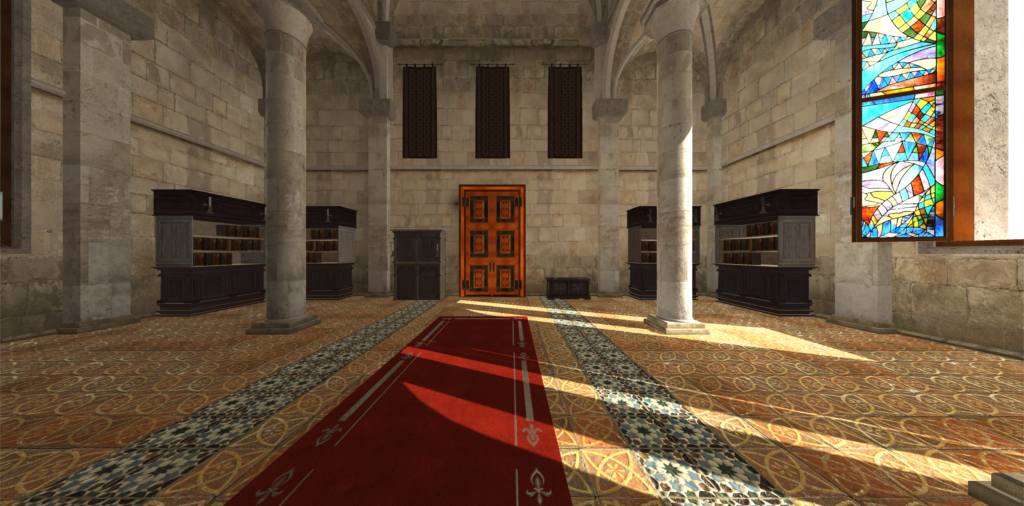Even while presence is the defining characteristic of immersive media, such as virtual reality, most research on the subject has focused on technological features and the capabilities of display hardware, assuming that the essential features of an immersive experience have to do with sensory fidelity. Challenging this notion, the theoretical framework of congruity argues that, in fact, the design of immersive content also plays a critical role. Building on recent developments in neuropsychology, congruity theory extends from the understanding that humans build mental models of their environment—whether physical or virtual—and rely upon these models to navigate their surroundings. The extent to which an immersive virtual environment maintains congruity with these mental models thus contributes to a user’s experience of that environment. In turn, violating congruity can destroy the illusion of presence in a simulated space while also causing physiological distress in the form of simulator sickness.

This theoretical framework has been tested and validated through a series of experimental studies utilizing custom-built virtual environments in the Unity engine. The latest round of experiments used a “breaching” methodology inspired by the work of sociologist Harold Garfinkel: Participants were introduced to a simulated medieval castle and presented with a series of tasks; in the control condition, these tasks and the virtual environment behaved in a way that was congruous with participants’ preexisting mental models, but in the “breach” condition, the expectations of these models were selectively violated. The results of these studies have suggested that not only do incongruous sensory stimuli destroy the illusion of presence but that the mental models of users may come not only from their experience of physical reality but from their cultural milieu.
Illustrating the power and relevance of cultural structures in media psychology, in the most recent study, violations of genre conventions were demonstrated to be even more disruptive to presence than violations of the laws of physics.
Publications and Presentations
- Cahill, T. J., & Cummings, J. J. (2023). Effects of congruity on the state of user presence in virtual environments: Results from a breaching experiment. Frontiers in Virtual Reality, 4.
- Cahill, T. J., & Cummings, J. J. (2023, August). Effects of congruity on the state of user presence in virtual environments: Results from a breaching experiment. Presented at the IEEE Conference on Games 2023, Boston, Massachusetts.
- Cahill, T. J., & Cummings, J. J. (2020, May). Results of a breaching experiment in virtual reality: Presence and sensory, environmental, and thematic congruity. Presented at the 70th Annual Conference of the International Communication Association, Gold Coast, Australia [Virtual].
- Cahill, T. J. & Cummings, J. J. (2019, May). Effects of congruity on user presence in virtual environments: An experimental approach in three dimensions. Presented at the 69th Annual Conference of the International Communication Association, Washington, DC.
- Cahill, T. J. (2018, May). Dimensions of congruity in immersive virtual environments: A framework for the schematic processing of multimodal sensory cues. Presented at the 18th Conference of the International Society for Presence Research, Prague, Czech Republic.